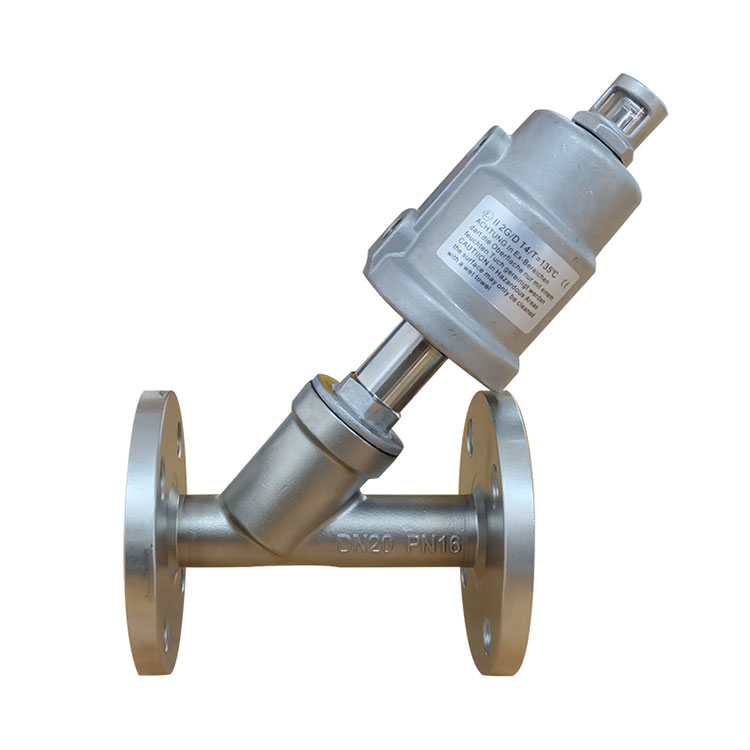Mastering Fluid Control: Demystifying the Key Components of a Pneumatic Angle Seat Valve
2024-01-12
Introduction:
Within the intricate framework of fluid control, the pneumatic angle seat valve stands as a reliable conductor, orchestrating the movement of liquids and gases with precision. In this blog, we'll unravel the inner workings of pneumatic angle seat valves by exploring their key components and understanding how each plays a crucial role in regulating the flow of fluids.
The Pneumatic Angle Seat Valve Ensemble
1. Valve Body:
- Function: The valve body serves as the structural foundation of the angle seat valve. It provides the housing for other components and determines the overall shape of the valve.
- Role: The design of the valve body, often featuring a 90-degree angle between the inlet and outlet ports, contributes to efficient fluid flow control and minimizes pressure drop.
2. Valve Seat:
- Function: Positioned at an angle within the valve body, the valve seat is a pivotal component responsible for regulating fluid flow.
- Role: When the valve is actuated, the valve seat either lifts or lowers, allowing or blocking the passage of fluids through the valve. The precise movement of the valve seat is crucial for accurate control.
3. Pneumatic Actuator:
- Function: The pneumatic actuator is the powerhouse that drives the movement of the valve seat.
- Role: When compressed air is introduced into the actuator, it generates a force that acts on the valve mechanism. This force is harnessed to lift or lower the valve seat, controlling the flow of fluids through the valve.
4. Spring Mechanism:
- Function: Many angle seat valves incorporate a spring mechanism to assist in returning the valve to its default position when the air pressure is released.
- Role: The spring ensures a fail-safe operation, preventing unintended fluid flow in the event of a loss of air pressure. It contributes to the reliability and safety of the valve.
5. Valve Stem:
- Function: The valve stem is a connecting element between the actuator and the valve seat.
- Role: As the actuator moves, it transfers the force to the valve stem, which, in turn, lifts or lowers the valve seat. The valve stem ensures a direct and controlled transfer of force within the valve mechanism.
6. Sealing Components:
- Function: Sealing components, such as O-rings or gaskets, are crucial for preventing leaks and ensuring the integrity of the valve.
- Role: These components create a tight seal between moving parts, preventing fluid from escaping and maintaining the efficiency of the valve's fluid control.
The Ballet of Fluid Control
In the orchestrated dance of fluid control, each component in the pneumatic angle seat valve ensemble plays a vital role. The valve body sets the stage, the valve seat conducts the flow, the pneumatic actuator provides the power, and the spring mechanism ensures a graceful return to default. The valve stem and sealing components join in the performance, ensuring precision and reliability in every movement.
Understanding the key components of a pneumatic angle seat valve unveils the intricacies of fluid control in industrial processes. As industries continue to demand efficiency, accuracy, and adaptability, the pneumatic angle seat valve remains a stalwart performer, conducting the symphony of fluid movement with unparalleled precision.



